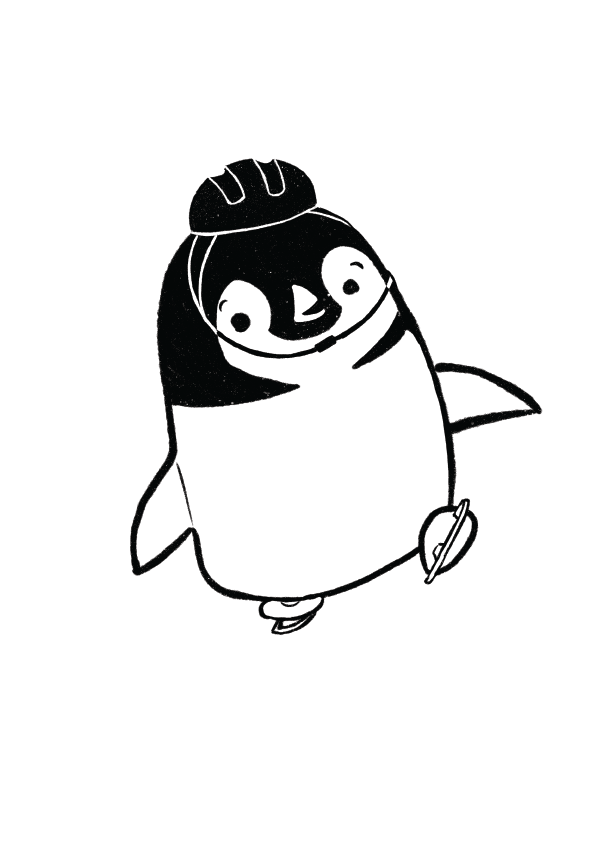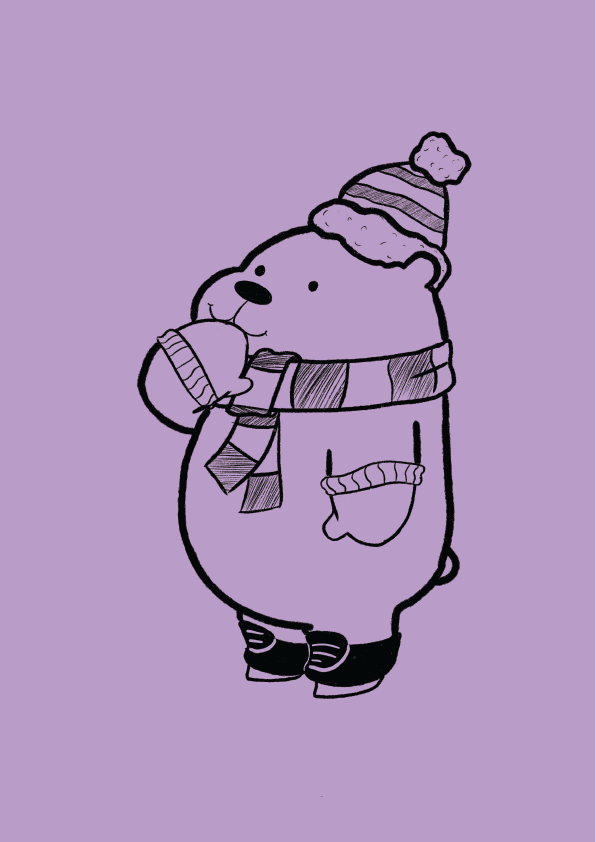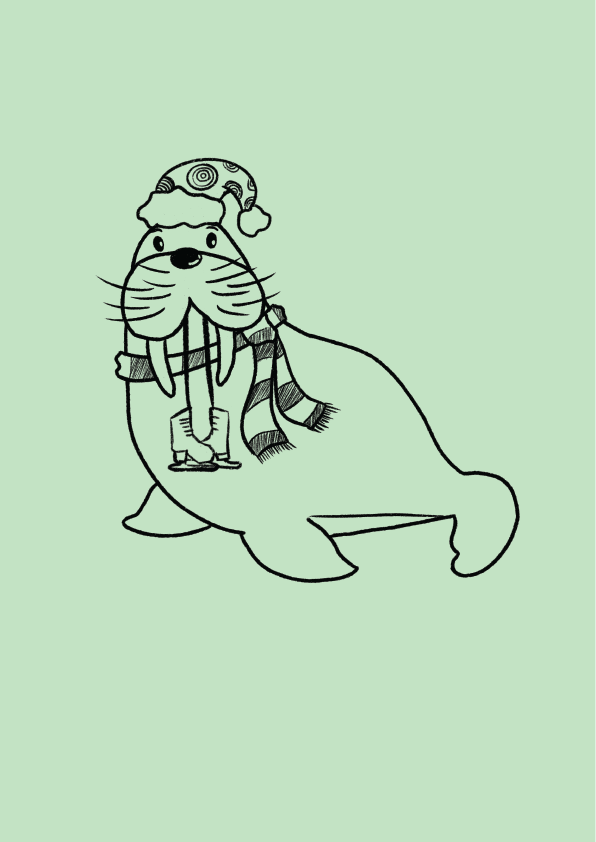KiwiSkate Corner
In this section, you will find all the information about the Kiwiskate system in New Zealand, and what being a member of CISC means to Kiwiskaters.
Catering to both young and old the Kiwiskate system is a nationwide learn-to-skate program, administered by the New Zealand Ice Skating Association (NZISA). Designed to help gain confidence in your abilities while gradually increasing the difficulty. Kiwiskate covers a wide range of skills, from the basics of skating right up to more advanced skills. Kiwiskate also covers some figure skating skills at higher levels.
Visit Alpine Ice to book yourself into the learn to skate program.
KiwiSkate levels
In this section, you will find badges/icons that we use for each level and what is included in each level. In our program, we test our skates to determine what badge they will start in. For our kid’s program, we use these pictures to help the kids understand the levels and where they are on the ice.
TINY TOTS 1 & 2 (6 and under)
Proper way to fall and get up
Dip standing still
Forward two-foot glide
Skate width of the rink
V position and push
‘Scooter pushes
Backwards wiggle
Forward bubbles/sculling
sit/dip whilst moving
Beginner BADGE
Proper way to fall and get up.
Marching across the ice with high knees.
¼ bend turns; ½ bend turns.
360-degree marching on the spot.
Forward two-foot glide on a straight line.
Two-foot turn from forwards to backwards in place.
Rhythm skating: one count per glide.
Forward two-foot glide on a curve.
Forward skating and glide in sit position (2 feet).
Snow plough stops.
Backward marching.
Forward double sculling.
ELEMENTARY BADGE
Rhythm skating: 2 counts per glide.
Backward two-foot sculling.
Slalom.
Forward one-foot glides in a straight line.
360-degree turns on the spot with spiralling edge.
Roll up on toes.
Backward two-foot gliding on a curve.
“T” pushes.
Forward double sculling to backward double sculling.
Backward skating, using alternating ‘C’ sculling.
Forward one-foot glides on a curve.
Half snow plough stops (both feet).
BASIC BADGE
Forward skating: four counts per glide, half snow plough stop.
Forward one-foot glide on a curve (with foot passing).
Backward one-foot glide.
Walk on toes and heels.
Backward pumping around a circle.
Two-foot jump on the spot. Skills for Assessment
Two-foot turns on a curve (forward to backward).
Forward crossovers on a circle.
Backwards half snow plough (both feet).
Backward skating using alternating “C” pushes.
Forward inside edges.
NOVICE 1 BADGE
Forward Russian Strokeing
A two-foot spin from a spiralling edge.
Drag.
Backwards two-foot snowplough stop.
Side hop.
Backwards crossovers.
Backwards one-foot glide on a curve.
Backwards pumping on a circle (inside & outside).
Forward outside edges.
Backwards inside Mohawks.
Backward one-foot glides around a circle
Backwards outside to forwards outside Mohawk.
NOVICE 2 BADGE
Backward C pushes on a curve with foot in front
Two-foot jump forward to backward.
Forward spiral.
Inside spread eagle
Forwards and backward crossovers.
Forward inside Mohawk.
Forward spiral on a curve.
Forward inside three turns.
Backwards crossovers.
Forward two-foot parallel side stop (both sides).
Backwards outside edges .
ADVANCED BADGE
Backwards two-foot turn on a curve
Back spiral in a straight line.
Ballet hops.
Side hops
three turn jumps
drags
teapot
Marching spin.
backwards spirals on a curve.
Backward inside edges.
Backwards outside three turns.
backwards inside three turns.
“T” stop
What is KiwiSkate exactly?
Each rink has its own way of running Kiwiskate; in Christchurch, the Kiwiskate system is administered by Alpine Ice, and lessons are managed by the Skate School co-ordinator, Caitlyn Paul.
Skaters are grouped according to ability at the start of the particular Kiwiskate program. They are then taught the various skills required to pass a particular badge and coached to the level required to pass the badge in question.
There are 29 badges in total in the Kiwiskate system, and you can see the full list, including the requirements for each badge here. Most people who are in the Kiwiskate system, however, only tend to deal with the previous badges shown.








